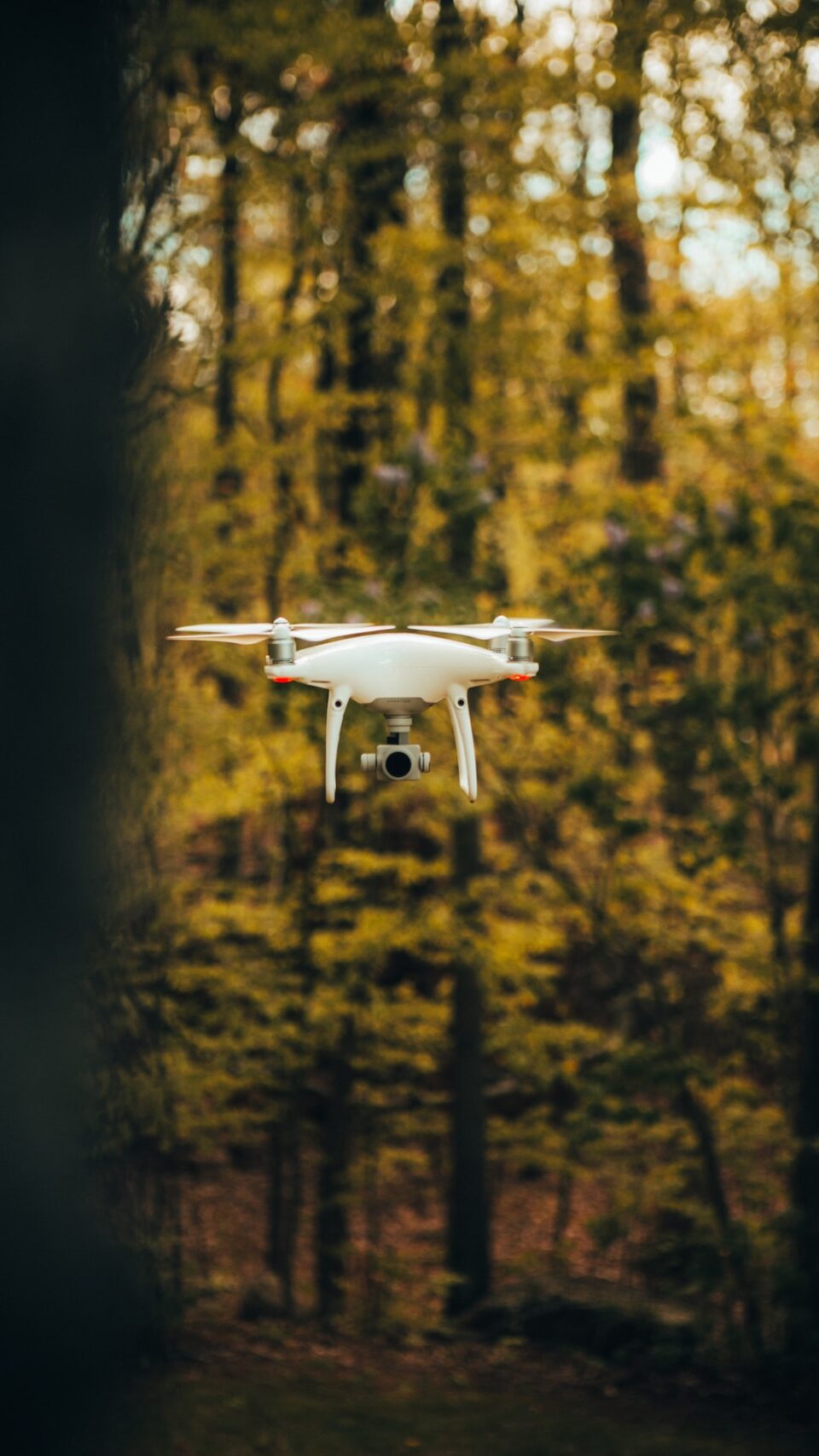The Art of Forecasting: Predicting Production Demands with Accuracy
In today’s fast-paced and ever-changing business environment, being able to accurately forecast production demands is crucial for any organization. Whether you are a manufacturing company looking to optimize your supply chain or a service provider managing client expectations, predicting the future demand for your product or service can make all the difference in achieving success.
Forecasting production demands is an art, requiring a combination of intuition, experience, and data analysis. It involves analyzing historical data, market trends, and external factors to make educated predictions about future demand. By mastering the art of forecasting, organizations can effectively allocate resources, minimize waste, and ultimately maximize profitability.
One important aspect of forecasting is understanding historical data. By analyzing past demand patterns, organizations can identify trends and patterns that can help inform future predictions. This data could include sales figures, customer behavior, or market conditions. By studying these variables, organizations can identify underlying factors that drive demand and use them as a basis for forecasting.
However, historical data alone is not enough to make accurate predictions. External factors, such as changes in the economy, new market entrants, or technological advancements, can significantly impact future demand. For example, a sudden economic downturn might lead to decreased consumer spending, resulting in lower demand for certain products. By staying informed about industry news and trends, organizations can factor in these external variables and make more accurate forecasts.
Another key factor in accurate forecasting is the ability to leverage advanced analytics tools and technologies. With the advent of big data and machine learning, organizations now have access to vast amounts of data that can be used to improve forecasting accuracy. By using data analytics software, organizations can analyze large datasets, identify trends, and make more informed decisions. Machine learning algorithms can also be used to learn from past data and make real-time predictions, allowing organizations to adapt their production and supply chain strategies accordingly.
Additionally, involving key stakeholders in the forecasting process can greatly enhance its accuracy. By combining the expertise and insights of various teams, organizations can capture a wider range of perspectives and ensure a more comprehensive forecast. Sales teams, for example, can provide valuable insights into customer behavior and market dynamics, while production teams can provide inputs on current production capabilities and limitations. By creating a collaborative forecasting environment, organizations can make more accurate and actionable predictions.
It’s also important to remember that forecasting is not a one-time event but an ongoing process. Demand patterns can change rapidly, and organizations must continually monitor and adjust their forecasts accordingly. By regularly reviewing and updating their forecasts, organizations can stay ahead of market trends, identify potential issues, and make proactive adjustments to their production strategies.
Lastly, organizations must be flexible and prepared to adapt to unexpected changes in demand. The ability to quickly respond to fluctuations in demand can be a key differentiator in today’s competitive business landscape. By having contingency plans and a flexible production system in place, organizations can minimize disruptions and meet customer demands efficiently.
In conclusion, accurate forecasting is an essential skill for any organization looking to succeed in today’s dynamic business environment. By mastering the art of forecasting, organizations can make informed decisions, optimize their production processes, and stay ahead of market trends. Additionally, by leveraging advanced analytics tools and involving key stakeholders, organizations can improve the accuracy of their forecasts. Remember, forecasting is an ongoing process, and organizations must be prepared to adapt to changes in demand. By combining intuition, experience, and data analysis, organizations can unlock the true potential of accurate forecasting and drive their business towards future success.

